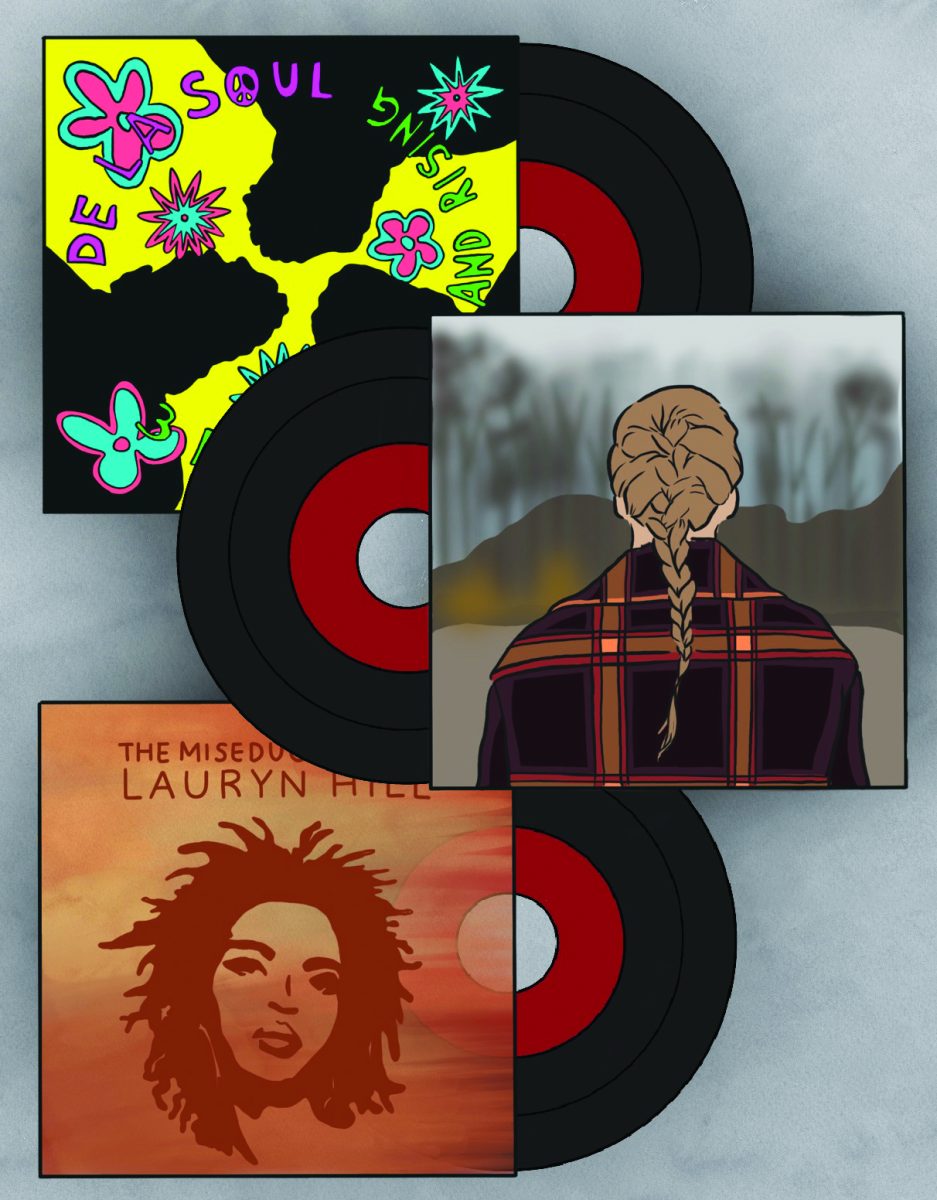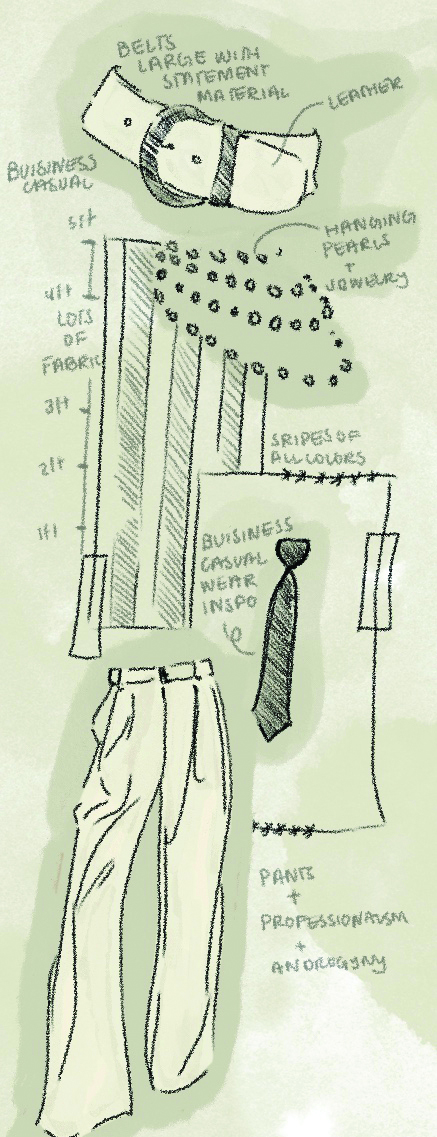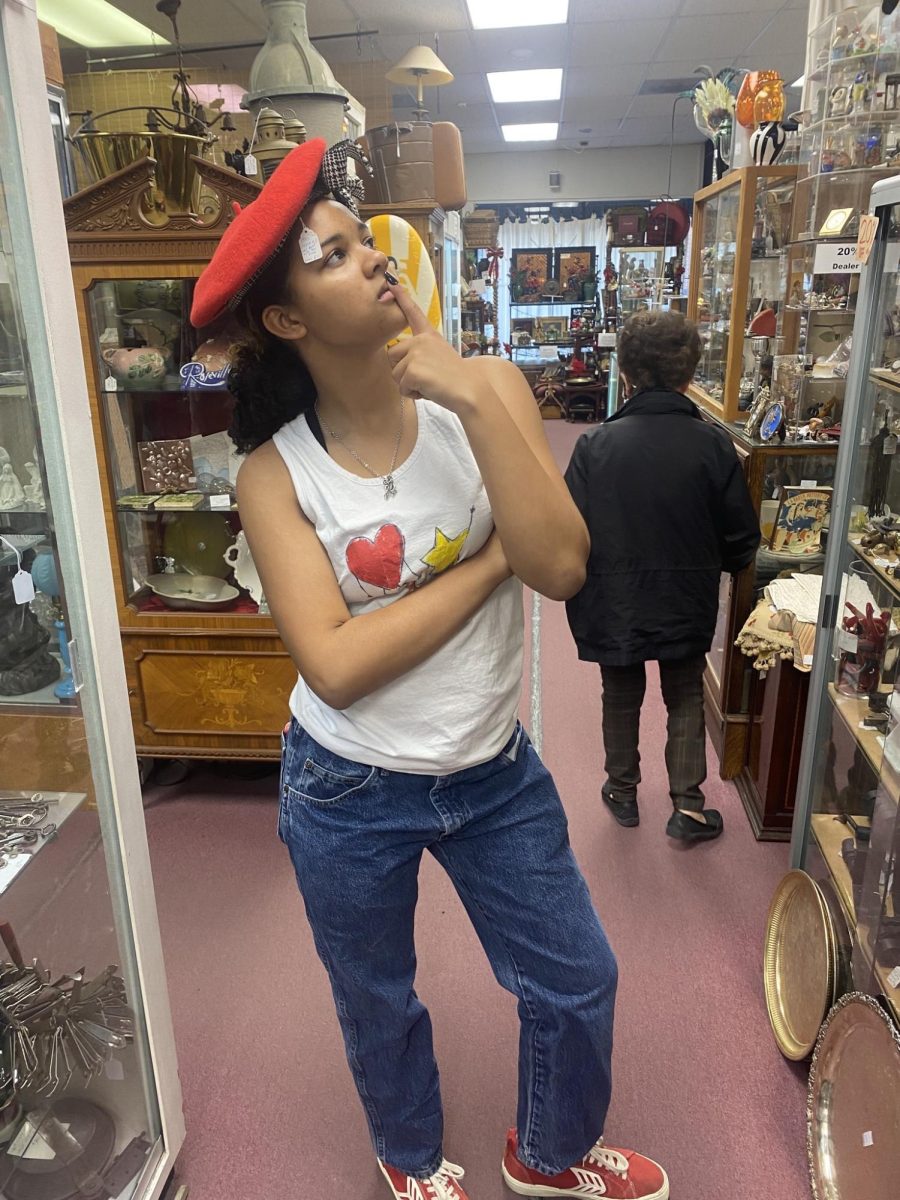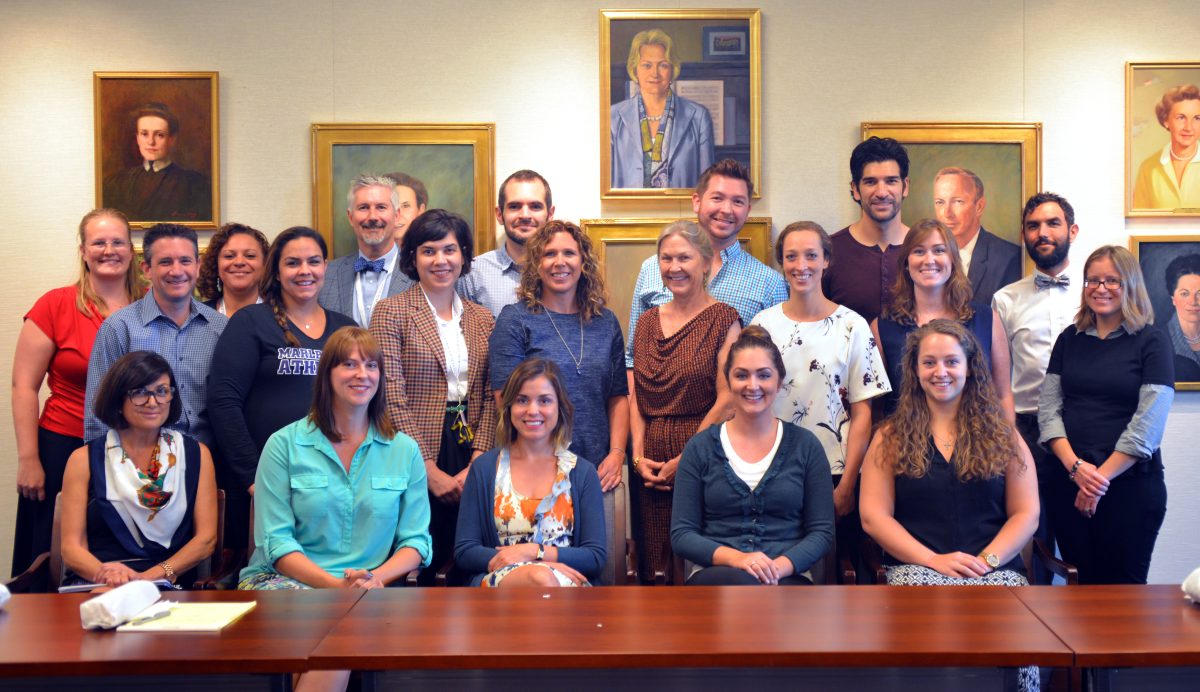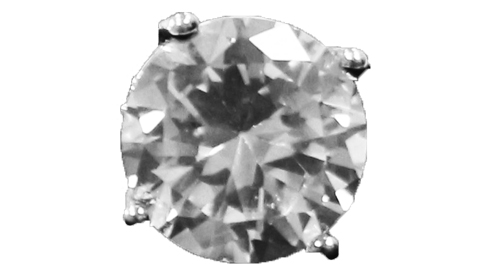
As the holiday season approaches, and as Hollywood prepares for awards season, we’ll be inundated even more than usual with advertisements, who-wore-it-better comparisons, and endless commentary about designer brands and jewelry.
In a society so focused on appearance and wealth and so plastered with advertising, few phrases are as ubiquitous as “diamonds are a girl’s best friend” or “a diamond is forever.” After all, it is widely accepted that diamonds are simple, elegant and undoubtedly luxurious. Unfortunately, the reality of diamonds is much more sinister.
Around 63 years ago, before diamonds were considered as valuable as they are today, the De Beers diamond cartel contacted advertising agency N.W. Ayer & Son to request that they create a demand for diamonds. N.W. Ayer & Son worked tirelessly to create an image of luxury, at one point attempting to popularize the wearing of diamond rings by men before eventually managing to popularize the concept of a diamond engagement ring.
Previously, it was rare that a man would bankrupt himself to buy an engagement ring, but advertisers like N.W. Ayer & Son used a series of aggressive techniques to increase pressure on men to do so. The De Beers cartel, in order to make a profit, bought all diamonds not yet in their possession in order to keep supply artificially low and demand high prices for their rocks.
Brainwashing by advertising companies has not only hurt those who now feel compelled to buy diamonds; it has detrimental effects on the people who mine, cut and polish diamonds.
Numerous diamond mines in Canada, Australia, India and many countries in Africa are on lands that have traditionally belonged to indigenous populations. These populations are either forced to leave and face trouble finding housing and employment, or allowed to stay and face health risks from the mines, including lung problems from dust and risks of cancer from chemicals used in the mining process.
Furthermore, over one half of the diamonds in the world are processed in India by child laborers, forced into labor because of their parents’ debts.
Forty-six percent of miners in the Lunda Norte province in Angola are between the ages of 5 and 16. Because of their small size, child laborers are often asked to perform incredibly dangerous tasks, including entering narrow mine shafts or narrow pits where landslides occur frequently. Almost all diamond miners in developing nations are paid under a dollar a day, well below the extreme poverty line.
Additionally, the fact that diamond mines are often in areas that have very corrupt governments leads to even further atrocities. Due to a desire to bring in diamond revenue, governments sometimes force citizens to work in diamond mines. In Zimbabwe in October 2008, the army seized control of diamond mines and forced adults and children to mine under the threat of being murdered, raped or tortured.
Profits made from diamond mines are often repurposed by corrupt governments and used to fund their militaries, then suppress citizens and engage in civil wars. This has already happened in Sierra Leone, Liberia, Angola, the Democratic Republic of Congo and several other African countries.
Sometimes civil conflicts are intensified because both groups want access to diamond-rich territory, putting even more people in the gem-fueled crosshairs.
Diamond mining can also be incredibly damaging to the environment. In Angola, diamond mining has led to soil erosion, deforestation and the forced relocation of populations due to environmental harm. Rivers have been re-routed, which has killed fish and wildlife. After diamond mines are exhausted, diamond companies often leave them behind. Over time, these pits fill with water and become breeding grounds for mosquitoes, leading to an increased risk of malaria.
Thus, it is obvious that diamonds should not be considered a “girl’s best friend,” unless, of course, a girl’s best friend is some odd combination of malaria and forced labor. The nickname “blood diamond” certainly seems more appropriate.
If you happen to be in the market for a diamond ring, it would be much more ethical to consider a substitute like moissanite, which is created in a lab and less expensive than, but almost impossible to differentiate from, a diamond.
Of course, for many, the price and luxury of the diamond is what makes it alluring; however, it is worth evaluating whether the exploitation, war, violence and ecological degradation outweighs the temporary joy of a sparkly ring.

